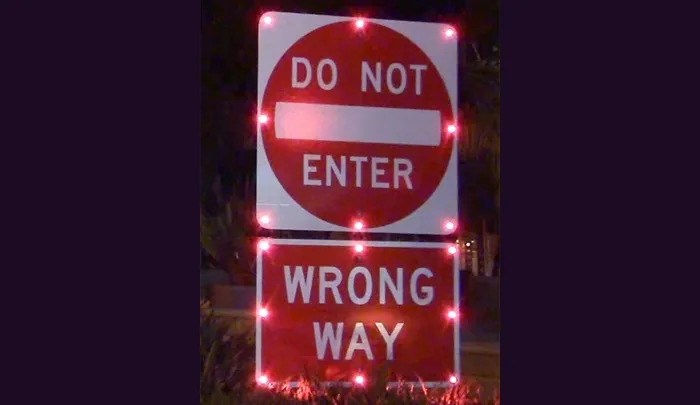In New York, a pilot and his two passengers had a lucky escape when the engine of their light aircraft failed. And road construction workers played a key role in ensuring that there were no casualties in the incident. When the road crew spotted the Piper Cherokee gliding in, dead stick, towards the Major Deegan Expressway they realised what was about to happen and parked their vehicles so as to halt traffic on the busy roadway. The rapid descent meant that the pilot brought the aircraft down hard onto the s
May 14, 2014
Read time: 2 mins
In New York, a pilot and his two passengers had a lucky escape when the engine of their light aircraft failed. And road construction workers played a key role in ensuring that there were no casualties in the incident. When the road crew spotted the Piper Cherokee gliding in, dead stick, towards the Major Deegan Expressway they realised what was about to happen and parked their vehicles so as to halt traffic on the busy roadway. The rapid descent meant that the pilot brought the aircraft down hard onto the snowy roadway and its undercarriage collapsed with the impact, but the occupants were unharmed, and the aircraft may even prove repairable. The pilot had been treating his passengers to a flypast of the Statue of Liberty when the engine failed and he immediately made a mayday call, with air traffic control trying to guide him into the nearby La Guardia Airport. But the pilot realised he could not reach the airport and, seeing the busy highway just a short distance away, made a split decision to use it as a landing strip instead. His luck was compounded by the quick thinking of the road crew when they stopped the traffic flow to give the pilot sufficient space to land safely. After the aircraft came to a halt the occupants climbed out unharmed and the pilot then used his cellphone to call for a breakdown truck for what was probably its most unusual ever load. The pilot was also concerned that he would be fined for parking the aircraft illegally on the busy Bronx highway but even in this respect he had good luck and avoided a ticket. Motorists stuck in the ensuing traffic jam on the expressway that particular Saturday afternoon had to console themselves with the fact that this was a highly unusual event.







